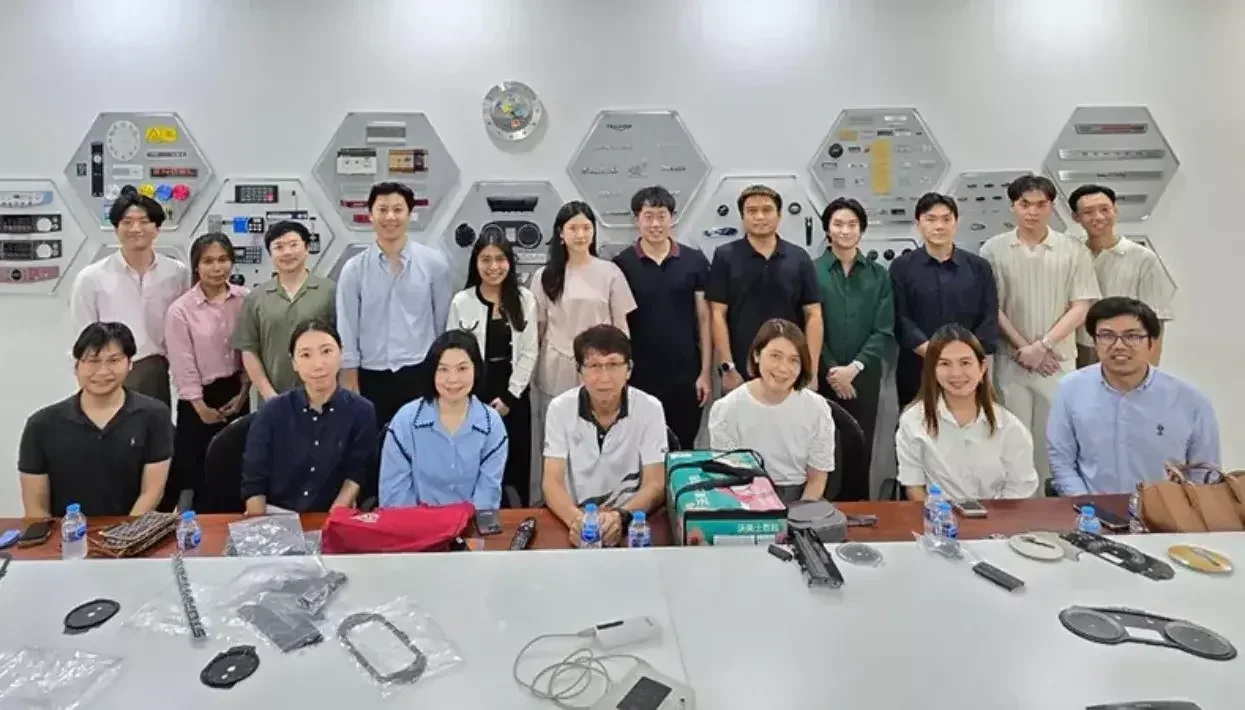AI
Inks
Personalisation
Sustainability
Wide Format Printing
FESPA in Thailand: TINPA goes from strength to strength
Author
FESPA Staff
Published Date
27/08/2024
Become a FESPA Member
to Continue Reading
